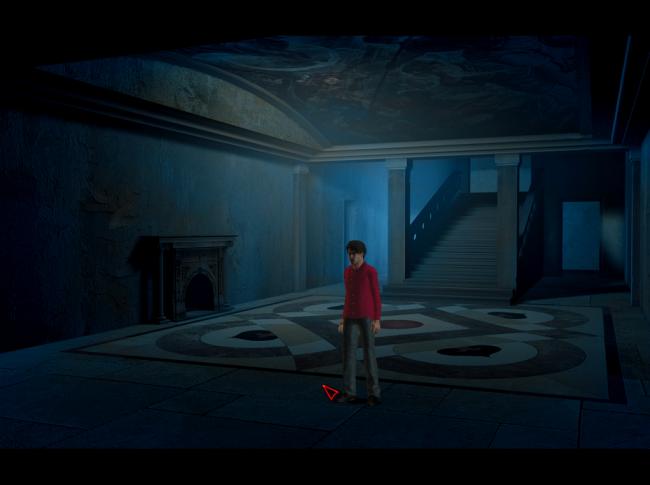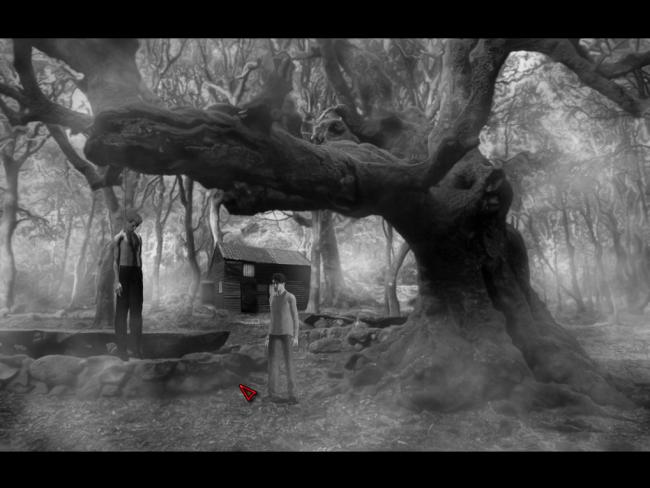- Wondering how to get Monopoly GO! free rolls? Well, you’ve come to the right place. In this guide, we provide you with a bunch of tips and tricks to get some free rolls for the hit new mobile game. We’ll …
Best Roblox Horror Games to Play Right Now – Updated Weekly
By Adele Wilson
Our Best Roblox Horror Games guide features the scariest and most creative experiences to play right now on the platform!The BEST Roblox Games of The Week – Games You Need To Play!
By Sho Roberts
Our feature shares our pick for the Best Roblox Games of the week! With our feature, we guarantee you'll find something new to play!All Grades in Type Soul – Each Race Explained
By Adele Wilson
Our All Grades in Type Soul guide lists every grade in the game for all races, including how to increase your grade quickly!
Oz Orwell and the Crawling Chaos Review
Despite how much we celebrate the technological leaps in gaming, there’s always room for a nice nostalgia boost. Sometimes we want to play games in their simplest forms, without all the fancy trimmings brought on by modern consoles and PC games. Oz Orwell and the Crawling Chaos is a shining example of this, providing players with a horror adventure that, flaws and all, feels straight out of the 90s.

More a test in patience than in logic.
Despite how much we celebrate the technological leaps in gaming, there’s always room for a nice nostalgia boost. Sometimes we want to play games in their simplest forms, without all the fancy trimmings brought on by modern consoles and PC games. Oz Orwell and the Crawling Chaos is a shining example of this, providing players with a horror adventure that, flaws and all, feels straight out of the 90s.
The game tells the story of a man named Oz Orwell who films haunted locations for a living — or at least ones he tries to pass off as haunted. It’s become a popular subgenre of pseudo-reality entertainment in recent years, and he’s looking to capitalize on it. Just like the shows we see on TV, though, he never actually encounters anything, opting for misleading effects and dishonesty to keep people interested.
This scenario makes Orwell the perfect protagonist for a horror title: a skeptic with no reason to believe in the paranormal. His beliefs are tested the second he enters Angst Mansion, and he ultimately finds himself trapped. This mansion is different – alive, even – and it’s up to the player to get Orwell out alive.
For the most part, this means navigating a creepy mansion, all the while amassing items to solve puzzles with. I wasn’t expecting to encounter much logic in the puzzles, in light of the emphasis on horror, but I was disappointed to find that some of them required outright pixel hunting to solve. This particular style of puzzle wasn’t so uncommon back in the 90s, but it strikes me as something that has no business in modern games – nostalgic or otherwise.
Tedium aside, the biggest problem with pixel hunting is that it strips away the player’s sense of accomplishment. You aren’t employing logic or thinking through how you need to overcome a problem – you’re dragging your cursor all over the screen in hopes of spotting what you need. In one particularly devious puzzle, I had to track down the parts of a gun in a black-and-white sequence. Neither parts were noticeable from just looking at the game, and instead could only be discovered by touching them with your cursor. It brought things to a massive halt, and left me more frustrated than I’ve been with a game in a long time.
Despite this key flaw, there’s still a lot to like about the game. The music in particular is fantastic, and does a great job of contributing to the creepy atmosphere. I’d be lying if I said it didn’t make the hair on my arms stand up on a few occasions. Like everything else in the game, it feels straight out of the 90s.
The story is another strong part of the experience. It’s beyond kooky, but it manages to commit to the kookiness up until the very end. Even with its outlandishness, it still manages to contain a few scary moments, largely brought on by the claustrophobic nature of the enclosed mansion. The idea of being trapped in an eerie and dangerous mansion is a potent one, and the game uses that to its advantage on several occasions.
Flaws and all, Oz Orwell and the Crawling Chaos is a wholesale remembrance of how adventure games once were. Hardcore fans of the genre will likely be more forgiving of its quirks than I, but I wouldn’t recommend the game to anyone who doesn’t fit that bill. It has its moments, but they’re few and far between the game’s flawed puzzle design. With all of its quirks, though, I have to imagine the game will find a happy audience somewhere.

The good

The bad
More articles...
Monopoly GO! Free Rolls – Links For Free Dice
By Glen Fox
Wondering how to get Monopoly GO! free rolls? Well, you’ve come to the right place. In this guide, we provide you with a bunch of tips and tricks to get some free rolls for the hit new mobile game. We’ll …Best Roblox Horror Games to Play Right Now – Updated Weekly
By Adele Wilson
Our Best Roblox Horror Games guide features the scariest and most creative experiences to play right now on the platform!The BEST Roblox Games of The Week – Games You Need To Play!
By Sho Roberts
Our feature shares our pick for the Best Roblox Games of the week! With our feature, we guarantee you'll find something new to play!All Grades in Type Soul – Each Race Explained
By Adele Wilson
Our All Grades in Type Soul guide lists every grade in the game for all races, including how to increase your grade quickly!








 “
“